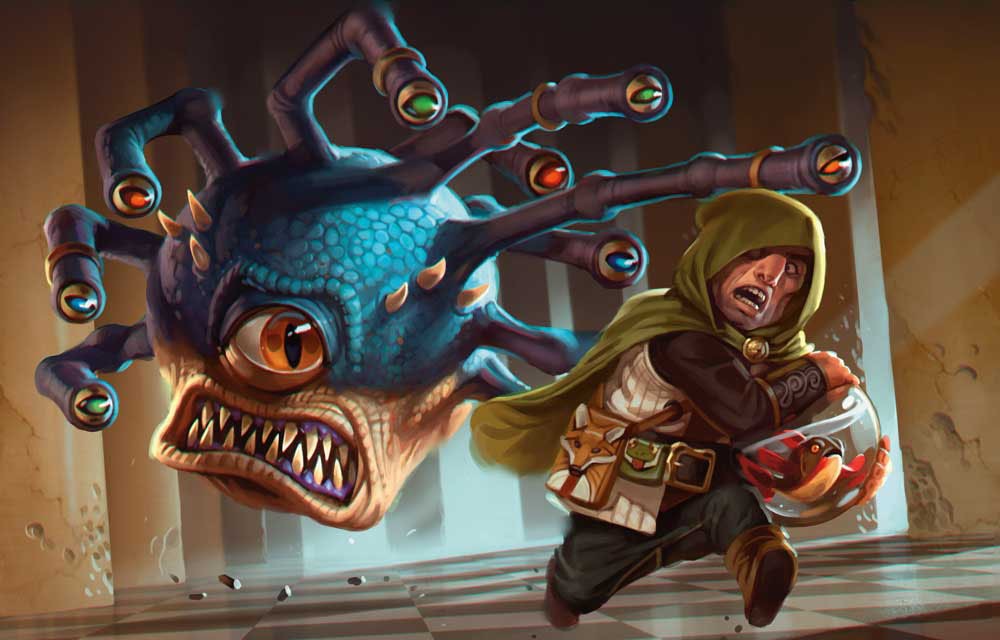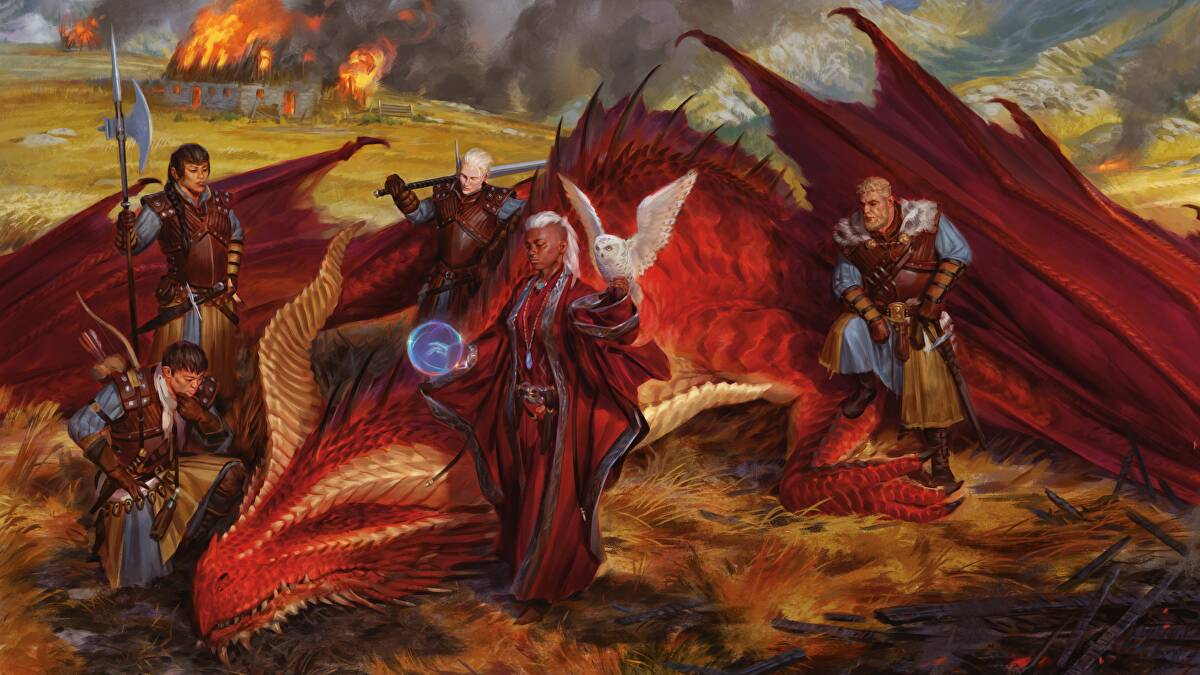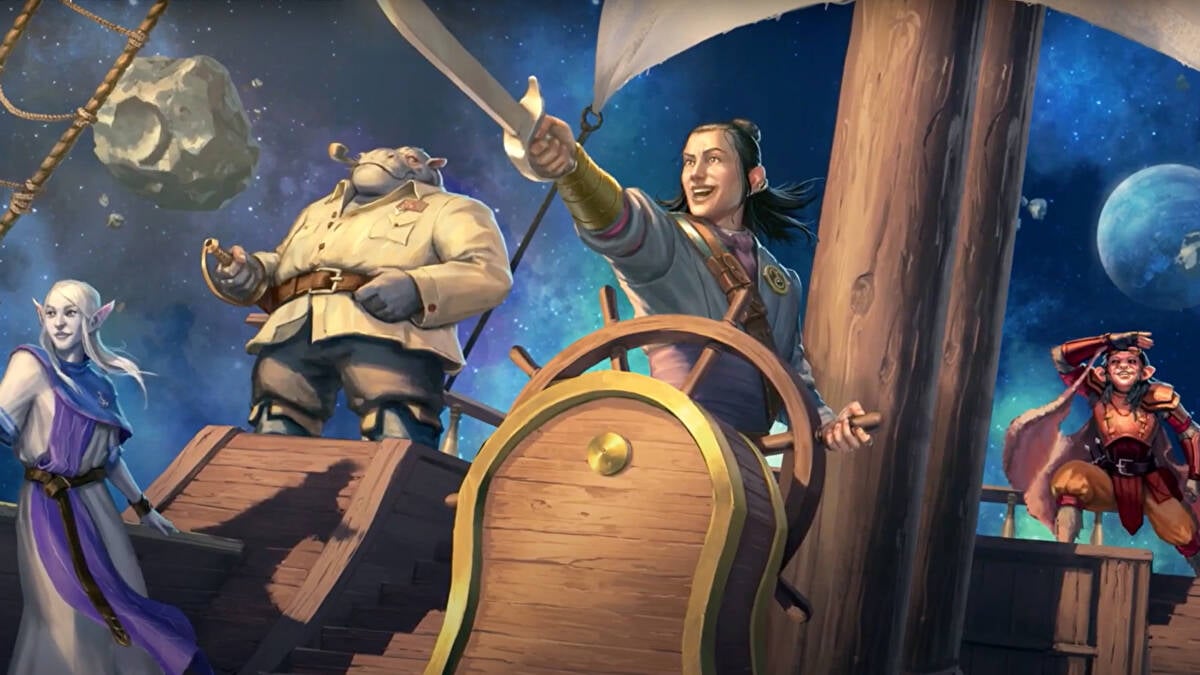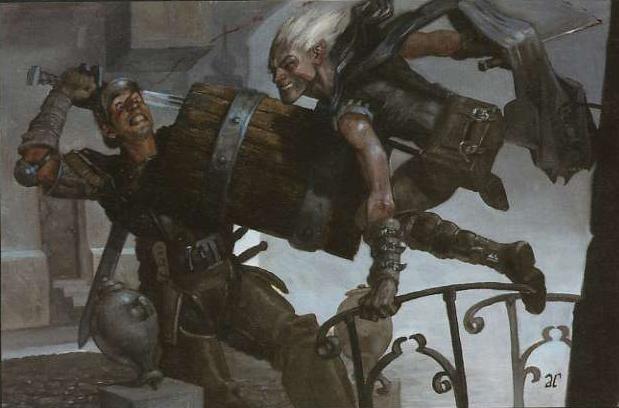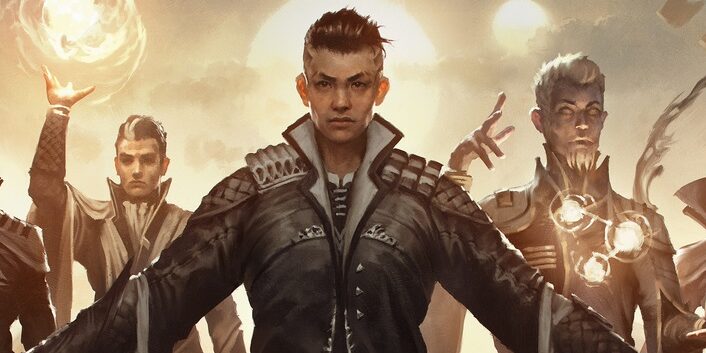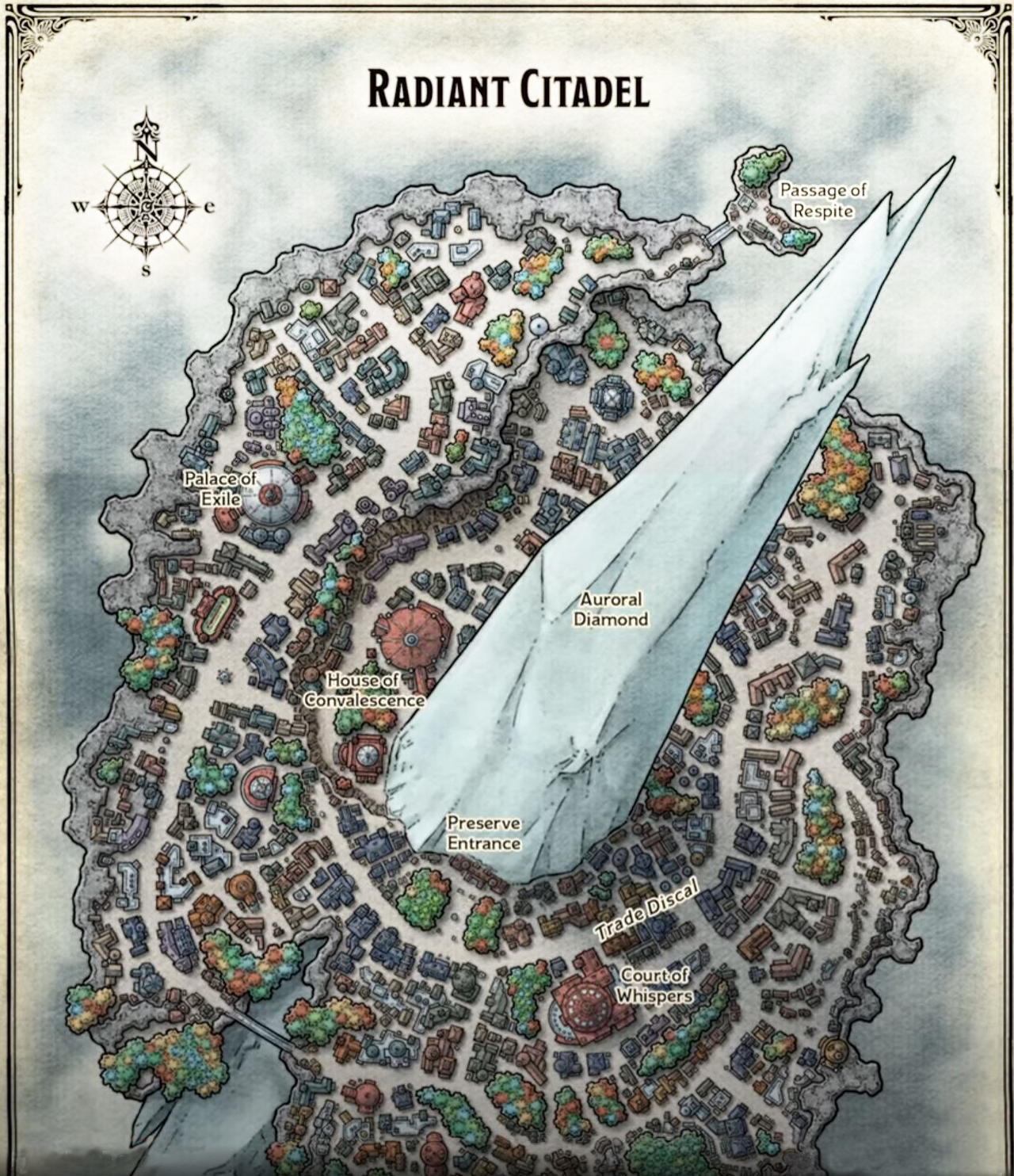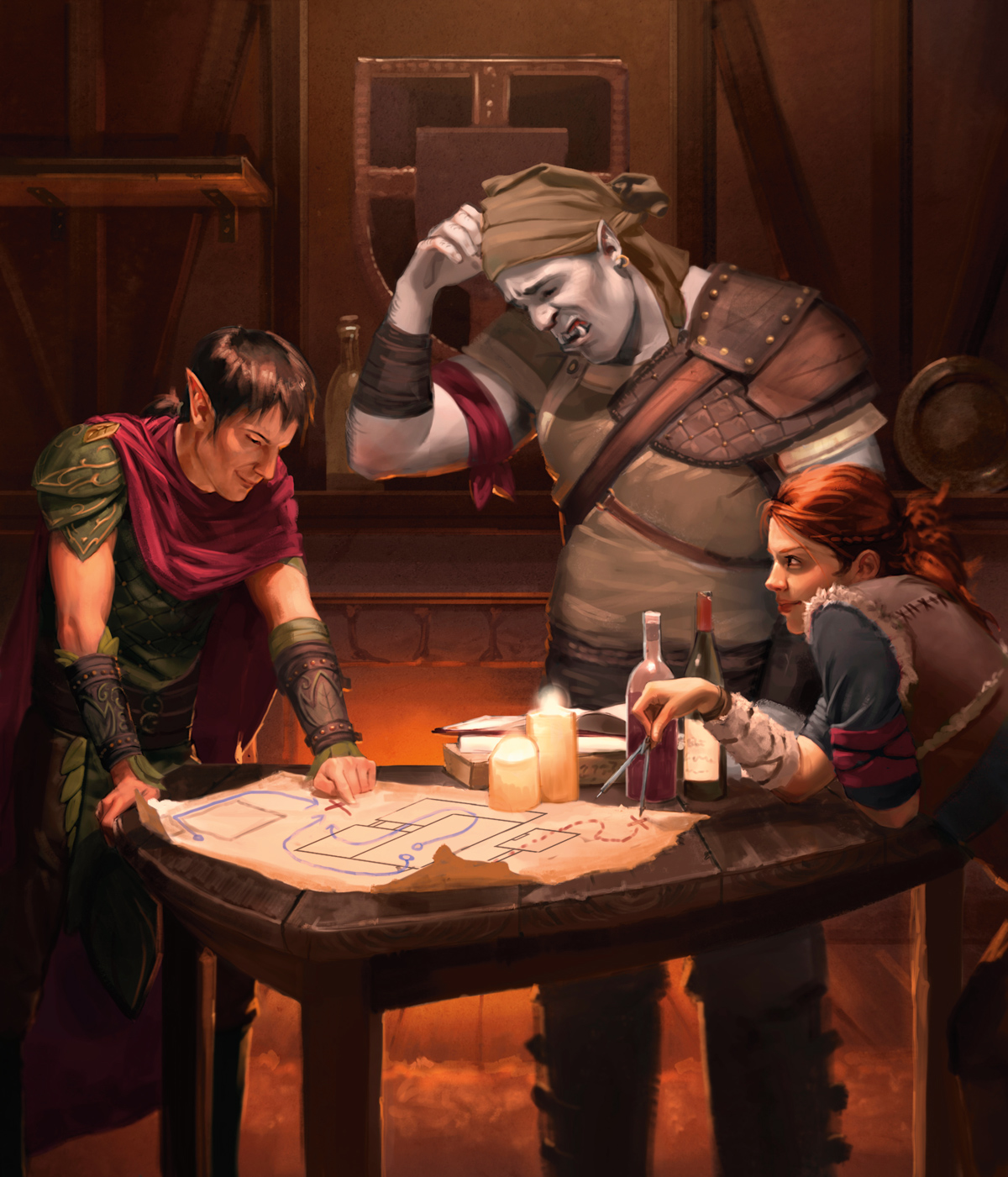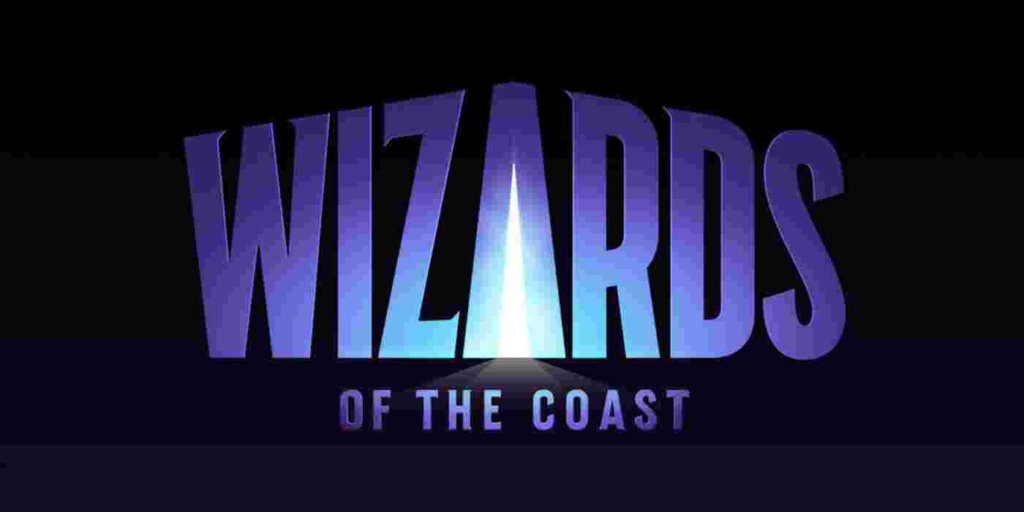Do’s & Don’t for Creating Your Next D&D Character
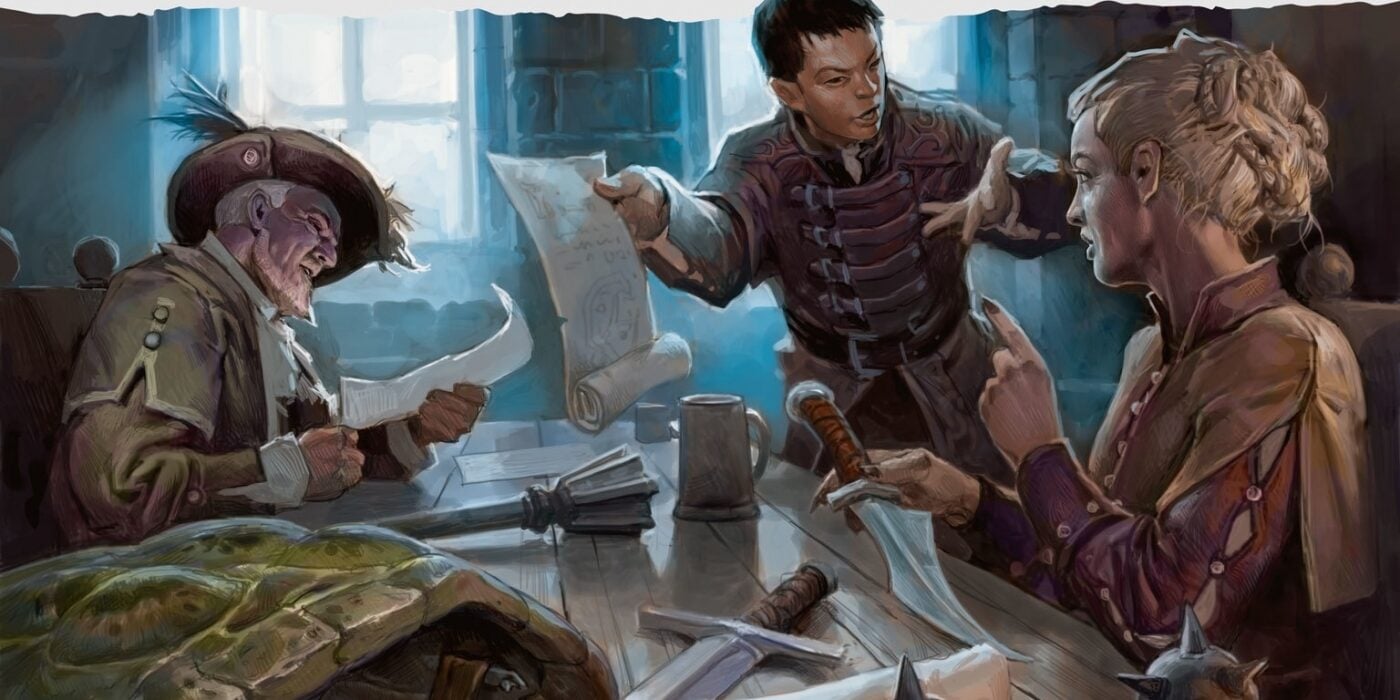
Rolling up a character for a brand new campaign? Looking to replace your old one? Here’s how to create your next character.
One of the best things about D&D is creating a character. It’s most players’ first point of entry into the game, so it stands to reason that it should be fun in and of itself. If you’ve ever tried playing D&D (or any other RPG) online, then you know sometimes that’s all you get before the campaign fizzles out.
But once you feel like you’ve gotten to really play a character… what’s after? How do you figure out what else to play? Whether you’re joining a new game, or just replacing a fallen comrade, here’s how to create your next character.
Everyone eventually figures out whatever process works right for them. There’s no one correct way to create a character. As long as you’re having fun, you’re doing it right. So let’s begin.
Begin at the Beginning
Before you start writing out your backstory or picking attributes, you’ve got to know where you’re going to start. There are lots of places to begin creating a character. But when endless possibility stretches out before you, what do you do?
You can’t create on top of an infinite void. But you can create on top of one fixed point that’s seemingly whirling around in an infinite void. Rather than thinking about your whole character in one go, just figure out one answer, one statement, and one fact about your character that’s true. And the rest can build from there.
Some people like to think about what type of character they’ll play. You might start with a character class or race in mind. If you can finish this sentence: “I’m going to play a/an _____” this is probably where you began. When you decide “I want to play a Barbarian” or “I’m gonna be an Elf” that’s where you’re starting from.
It’s an easy place to start creating a character. Most of the work is already done. You have that one detail “I’m a Fighter” or “I’m a Tabaxi” and you can build off of that fact.
Another good place to begin is by thinking about what your character’s personality is. Maybe you know you’re going to play a scoundrel. Or a nerdy scholar. Or some kind of femme fatale. I’ve listed some classic archetypes here, but maybe you’re a little more nuanced than that. Either way, you find your way into the character’s head by thinking about what they’re like.
And can fill in the rest of the details from there. Is this scoundrel quick and cunning, or do they rely on luck and agility to pull it through?
An equally valid place to begin is to think about the rules you want to use. Typically this is when you know a little bit more about how the rules interact with each other. You might begin with a specific build or mechanical combo you want to use, like combining a Sorcerer‘s huge number of spell slots with a Paladin’s ability to smite, turning spell slots into extra damage. And top all that off with a level of Hexblade so all you need is Charisma.
Perhaps the most valid place to begin is with an idea that sounds like a joke but then you take it extremely seriously.
Whatever the case, once you have your first bits of info, you’re ready to go.
How to Create Your Next Character – Show Some Restraint
It is a truth universally acknowledged that people love to struggle against the rules. Sometimes, all you need are a few restrictions so you’re not building in an infinite void. Because once you have restrictions in place, things like “no magic-users” or “Elves aren’t real in this world” you have some things to push against.
Really all we’re trying to do is winnow down the infinite vortex of terrifying possibility into something you can work with. And one of the best ways to do that is with some creative restraints. I have it on good authority that people love to struggle against restraints that they’ve enthusiastically consented to.
This is where asking the DM or fellow players at the table for some guidelines. There are a few different sorts of creative restraints you can keep in mind.
Thinking about the party composition is an age-old character creation restraint. If the party has two Fighters, a Rogue, and a Wizard, odds are good they might need someone to heal them up. Is the party full of squishy spellcasters? Maybe you need to play a Barbarian to help balance things out.
Alternatively, you can lean into it, and make the all-Wizard party. This is absolutely good fun, as long as everyone’s ready for it.
Another thing to keep in mind is the campaign’s backstory which might be wide open. But it might be something as specific as “you’re all Magic Students at Strixhaven Academy.” Or “you’re all knights, everyone needs to have at least 1 level of Fighter.”
Or perhaps there’s someplace in the world that can give you the restraint you need to start finding a character. Are there any exciting places your DM can tell you about? Legendary adventurers? This is a great way to begin thinking about a character who has an exciting story to tell to the rest of the party.
Maybe you have a character-specific goal, which is one of my personal favorite ways of creating a character. When thinking of character goals, it’s good to be extremely specific. “My character wants to be a good Fighter” is vague and hard to measure. But “My character wants to be the best sellsword on the Shimmering Isles” is better. “My character needs 500 gp to pay off the Xanathar’s Guild before next Friday” is even better still. But you might want to talk with the DM about that one.
Other Places to Check
Once you’ve got that figured out, you’re basically through the hard part. The rest is just figuring out what abilities you want to use, and what spells you’ll take. The best thing there is you can’t go wrong. Pick something wildly different or play with old familiar favorites.
As long as you’re having fun, you’re doing it right. And once you’ve got your character started, you can check out Matt Mercer’s tips for being a good player. Or check out how to give your character a voice (no accent needed).
Good luck with that next character!

